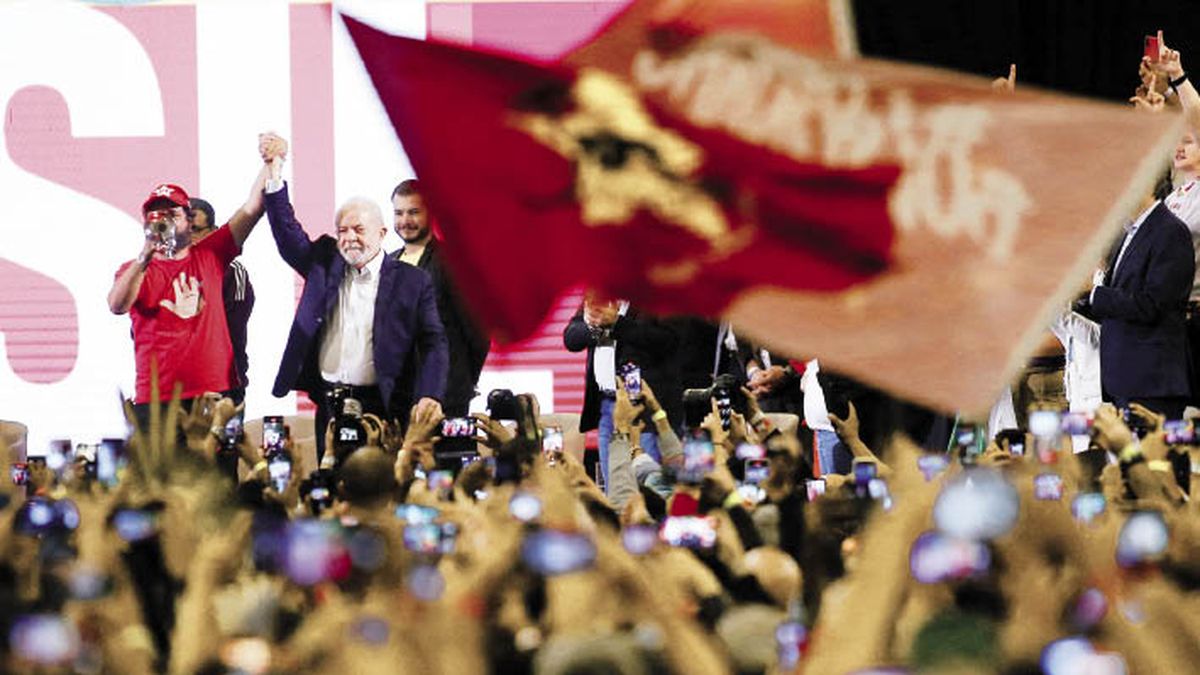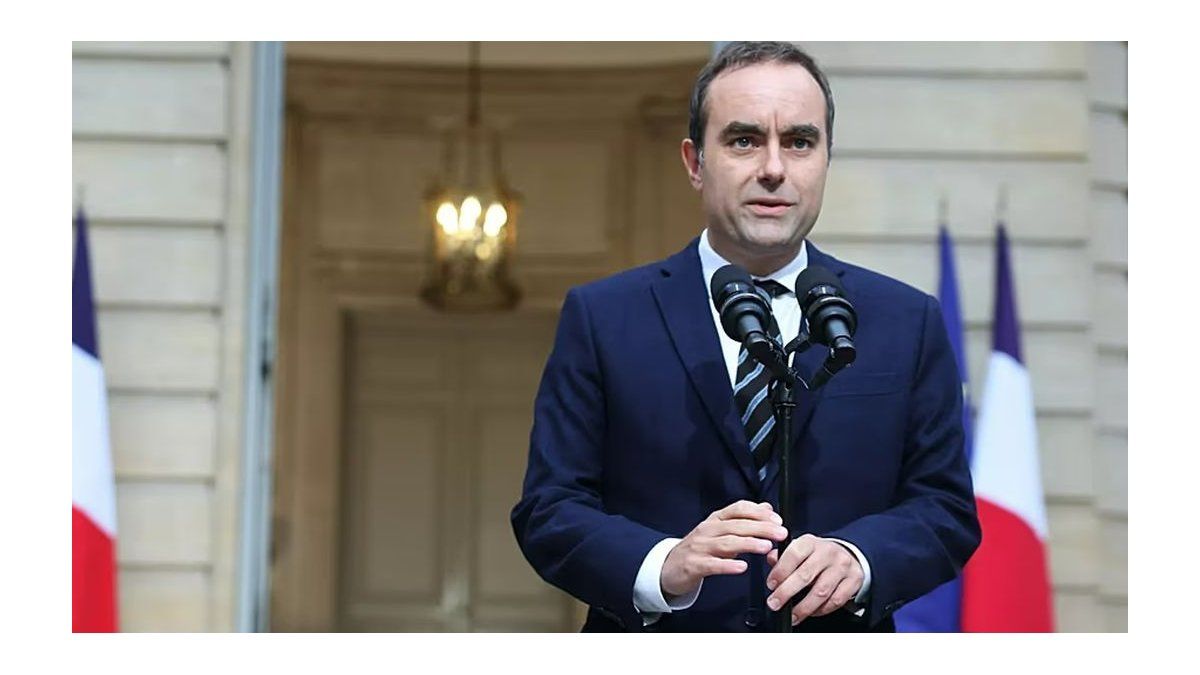The idea is different from the euro, the common currency of 19 countries of the European Union (EU) that replaced national currencies and depends on a single European Central Bank: in the case of the south, sources from Lula’s team said, the proposal is that each country maintains its national currency.
The project is inspired by the proposal for an international currency, the Bancor, that the British economist John Maynard Keynes presented to the powers that were about to win the Second World War at the Bretton Woods conference, in the United States, in 1944, to overcome the crisis of the previous gold standard system.
The proposal was rejected by the conference that designed post-war world economic policies, and the US dollar became the international reference currency standard, replacing the pound sterling and gold.
At the forefront of this financial engineering that Lula will take to his neighbors in case he wins the presidential elections on October 2 is the increasingly listened to by Lula Gabriel Galípolo, professor at the Federal University of Rio de Janeiro and president between 2017 and 2021 of the Bank of investments Fator, and the former Minister of Education Fernando Haddad, possible candidate for governor of São Paulo for Lula’s Workers’ Party.
The idea is also supported by former Foreign Minister and Defense Minister Celso Amorim, the main reference in foreign policy for Lula’s 2022 campaign.
“We do not want South America to be a supporting actor in the design of a new international monetary engineering. You have to be prepared to have your own force,” said a source from Lula’s economic team.
Lula himself, in two recent acts, said that reducing dependence on the dollar and creating a South American currency were within his platform, especially in the scenario opened by the decision of the United States and the European Union (EU) to sanction Russia. for invading Ukraine by removing it from the international payment system (Swift).
Proposal
In 2009, when Lula was going through his second term with high growth and popularity, he lukewarmly proposed the creation of a currency for the emerging BRICS countries (Brazil, Russia, India, China and South Africa), while he inaugurated with Argentina, in 2008, the payment system in local currencies, which continues to this day but with less than 5% influence on bilateral trade.
Sur’s idea is based more on Keynes’s plan to create an international currency clearing system and not on the Maastricht Treaty that forged the EU, where all countries gave up their currencies, depended on a single Central Bank and suffered insurmountable asymmetries, such as the cases of the powerful Germany demanding economic reforms from the weakened Greece, even though they are peers within the bloc.
“Our intention -said Lula’s interlocutor- is to have a currency that allows us to guarantee the national sovereignty of all countries. It is a proposal linked to that of Keynes for relations between countries when he proposed an international payment method called a Bancor. Why are Argentina and Brazil conditioned to a currency of a third country, of which we do not have any type of management?
Similar to Keynes’s proposal, the issuance of the South would be accompanied by the creation of a supranational monetary authority or institution where each country that is part of the system would have an account open and would contribute an initial capital from its international reserves and its trade balances between the countries of the South America, so that the institution can finance, at the same time, infrastructure projects, functioning as a regional development bank without depending on external loans anchored in the dollar.
The exchange rate between the national currencies and the south would be floating and a South American Clearing House should be created to reduce asymmetries and prevent Brazil, the largest Latin American economy, from dragging its peers into dependency.
Source: Ambito
David William is a talented author who has made a name for himself in the world of writing. He is a professional author who writes on a wide range of topics, from general interest to opinion news. David is currently working as a writer at 24 hours worlds where he brings his unique perspective and in-depth research to his articles, making them both informative and engaging.




